A doctor from Nazi Germany and the complicated history of 'Mars Jars'
The Mars Jar is a way of replicating Mars here on earth to see how living things react to those conditions, writes Sarah Scoles. But the history of these jars is much more complicated than it seems and is wrapped up in the military
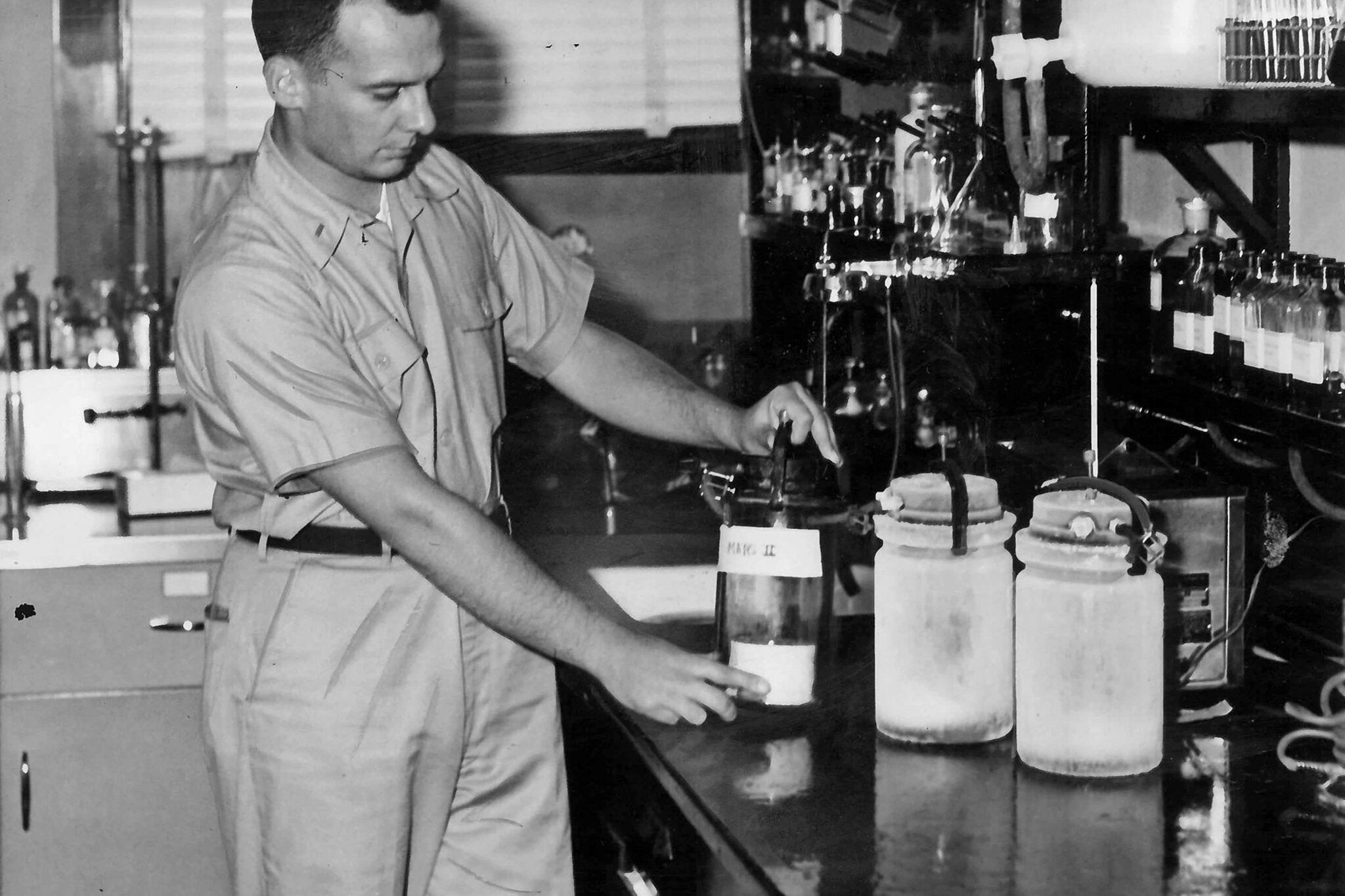
Your support helps us to tell the story
From reproductive rights to climate change to Big Tech, The Independent is on the ground when the story is developing. Whether it's investigating the financials of Elon Musk's pro-Trump PAC or producing our latest documentary, 'The A Word', which shines a light on the American women fighting for reproductive rights, we know how important it is to parse out the facts from the messaging.
At such a critical moment in US history, we need reporters on the ground. Your donation allows us to keep sending journalists to speak to both sides of the story.
The Independent is trusted by Americans across the entire political spectrum. And unlike many other quality news outlets, we choose not to lock Americans out of our reporting and analysis with paywalls. We believe quality journalism should be available to everyone, paid for by those who can afford it.
Your support makes all the difference.When Penelope Boston was a student at the University of Colorado in the 1980s, she wanted to create a miniature Mars and see how some living things fared on it.
Fundless, she amassed parts from labs around campus and bootstrapped a basic version of what scientists sometimes call a Mars Jar: a sealed container whose insides resemble the red planet, used to test the survival of biological beings. Boston had read about Carl Sagan’s use of Mars Jars and had assumed, as many did, that he’d invented them.
Into her jar, Boston placed microbes and radishes, pumped down the pressure and made the air mixture Martian, fashioning a fake fourth planet from the sun populated by squirming organisms and vegetables.
“It’s a lot like gardening,” she jokes.
Mars has long been a repository for such extraterrestrial imaginings. While robotic Mars missions investigate soil composition, drill into rocks and peer into the atmosphere, the bedrock beneath those research questions is biological: Was or is the planet habitable? Was there — could there now be — life? Like missions past, three new missions launching this summer — Nasa’s Perseverance, the United Arab Emirates’ Hope and China’s Tianwen-1 — will search for such biological breadcrumbs, a line of work informed by the Mars Jars of Earth.
Boston has gone on to much more sophisticated simulations in her work and has even been the director of Nasa’s Astrobiology Institute. But it wasn’t until recently that she learned the true origin of the containers that were so important to her own work — roots that some researchers said affect astrobiology’s present, as well as its future growth.
In 2018, a young scholar, Jordan Bimm, visited her Nasa office. He was working on a history of Mars Jars, and he wanted to show her a one-minute film clip from 1958. Pushing play later, Boston saw a mid-century air force scientist, dressed in a canonical white lab coat, hooking hoses into a glass container, fiddling with feeds, twisting knobs.

“MARS JARS,” the film’s clapperboard reads.
A man named Hubertus Strughold, a professor of space medicine at the air force’s School of Aviation Medicine, oversaw the mini-movie’s experiments. And he’d done them years before Sagan popularised the jars in print and on the Cosmos series on television. This astrobiology technique didn’t begin with academic scientists, Boston realised: It began with airmen.
“That was edifying,” she says. “The military did it first.”
That defence origin still affects Mars research, one of a variety of social issues that more and more researchers working in astrobiology are grappling with. Just as nuclear power has had to reckon with its origins in weaponry and as medicine has had to face the fact that it’s benefited from war wounds, some scholars said that remembering the military mindset in astrobiology’s early years of research could help inform, and perhaps alter, its future.
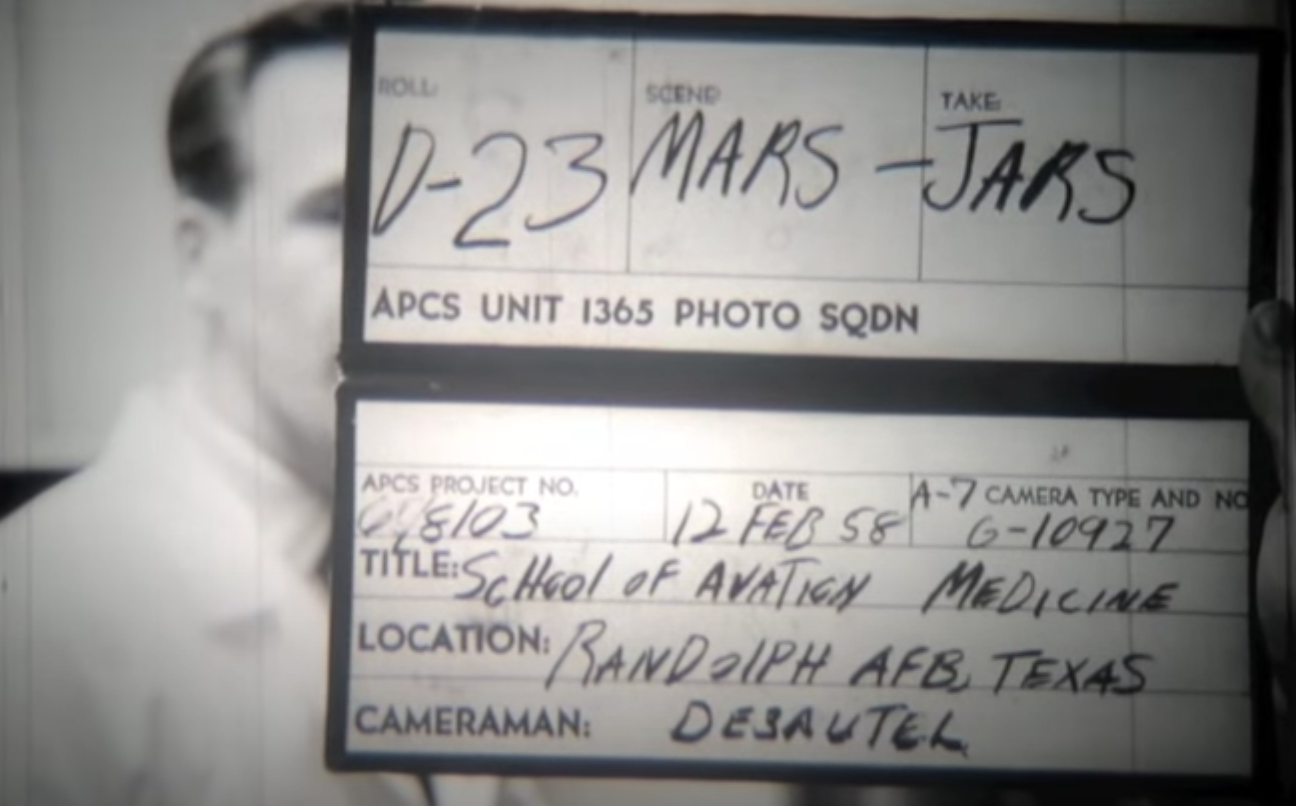
Astrobiology’s forgotten past
Bimm, a postdoctoral researcher at Princeton University, studies the cold warriors who researched survival in the harsh environment of space. It’s what led him to the Mars Jars: He was diving into Strughold’s work on astronaut physiology and aviation medicine in the US — work he had started in Nazi Germany for the Luftwaffe and which was tangled up in inhumane experiments.
After the Second World War, Strughold arrived in America as part of the secretive Operation Paperclip, which swept German scientists to the United States. Wernher von Braun, who had overseen the Nazi V-2 rocket and later became the architect of Nasa’s Saturn V rocket, also came to North America through this programme, and the two interacted at space conferences.
One day, Bimm stumbled into an obscure 1950s report that mentioned Mars Jars. “I was like, ‘Wait a second, this is earlier than when people were supposed to be doing this sort of research,’” he says. Since then, he’s been chronicling Strughold’s red planet research, a past that astrobiology itself has largely forgotten.
Earth life could survive there, or life could arise — life as we know it — and we might encounter that life there as well
A few years after Strughold started at the air force, he published Life on Mars in View of Physiological Principles. Two years later, in 1953, he wrote The Green and Red Planet, scientifically coining the term “astrobiology” and considering whether a low-pressure chamber — a shrunken version of those in his aviation experiments — could mimic Mars.
It was a wild idea, and afraid of his colleagues’ judgement, he began a simple version of the experiment at home. He purchased jars and a thermometer, gathered lava and lichens. He put the material and the plants in the jars and let them hang in his kitchen during the day; at night, he put them in the icebox.
Two weeks later, the lichens lived.
Encouraged by the results, Strughold shared them at the office. By 1956, more sophisticated versions of Mars Jars had become part of the air force’s research agenda. Imagining a military base on that red-rock planet, the scientists wanted to see if hypothetical Martian microbes might help them create a self-sustaining ecosystem.
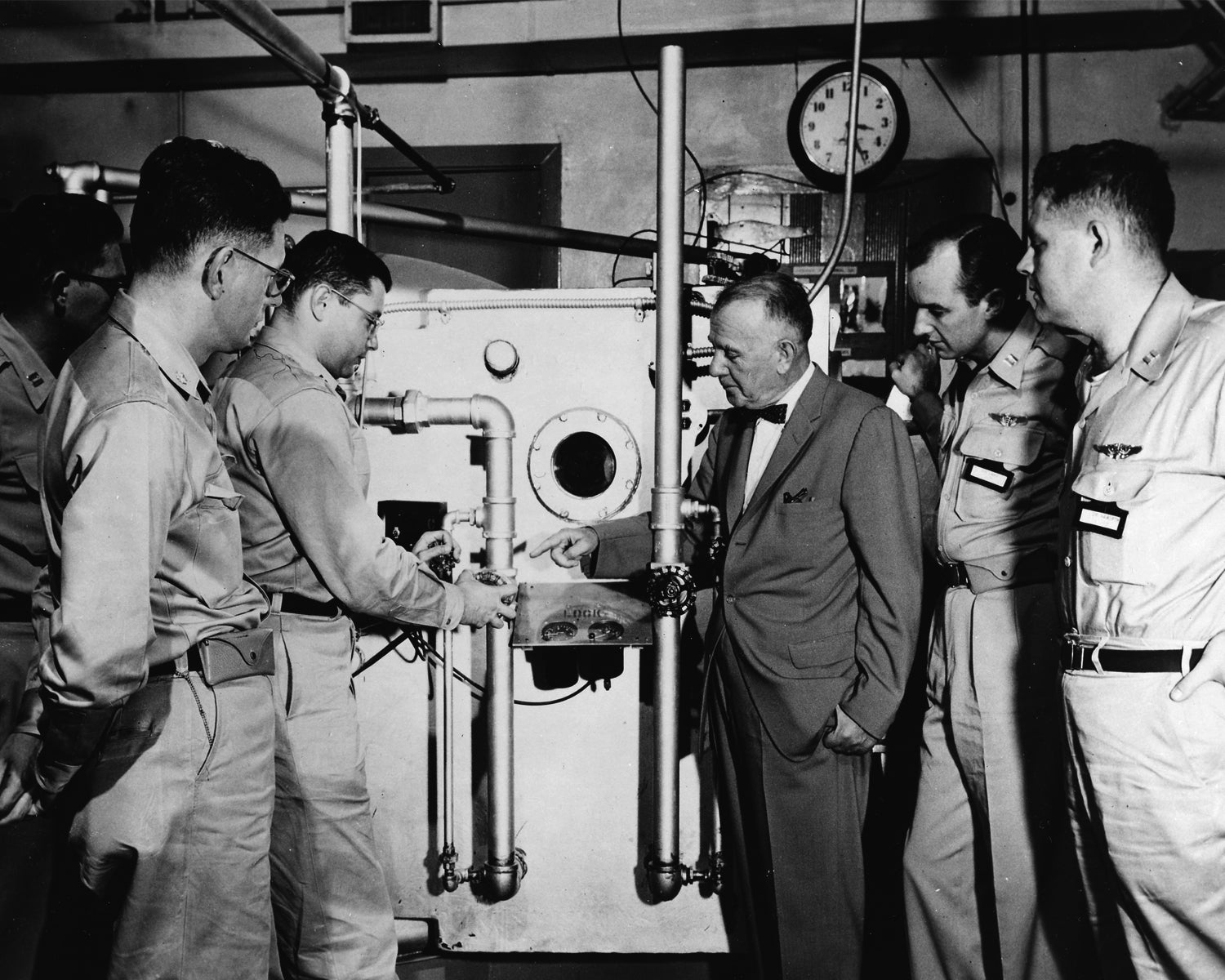
At the end of the trials, some life had found a way. Certain microbes even reproduced. “Earth life could survive there, or life could arise — life as we know it — and we might encounter that life there as well,” Bimm says, describing their conclusions. Strughold’s work provided a vision of a microbial Mars that persists today and wasn’t really popular before the jars.
A year later, Strughold hosted Problems Common to Astronomy and Biology, the first-ever astrobiology symposium.
Despite these firsts, Strughold isn’t part of most scientists’ remembrances of astrobiology. The typical retelling involves civilian scientists, who crafted and are characters in an origin story that skips over the military scenes.
In that story, astrobiology starts in 1957, when Nobel laureate Joshua Lederberg dines with another biologist during a lunar eclipse and discusses how the Cold War arms and space races could forever confuse the search for alien life.
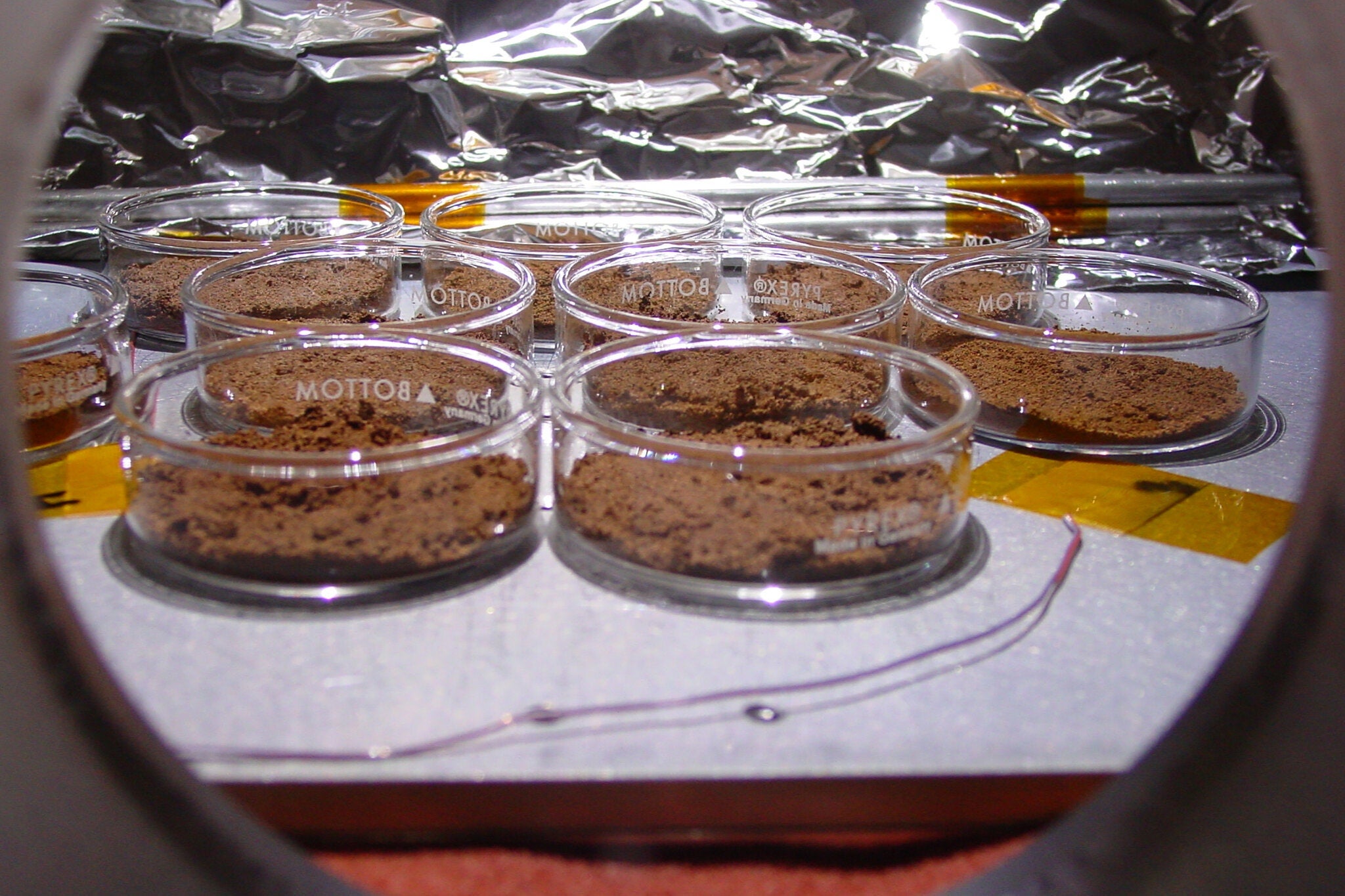
Lederberg then talked the topic up to officials at the National Academy of Sciences and Nasa, calling it not astrobiology but exobiology. Soon enough, it became an official field of study within Nasa, and Sagan jumped aboard.
When Sagan put Mars Jars on TV and in other mainstream media, history was repackaged and resealed: Exobiology began with Lederberg and Nasa, and many seemed to believe that Mars Jars sprang from Sagan’s mind.
When you have a Mars Jar, every place looks like a planet you can explore and colonise, and every microbe looks like something you can study, capture and maybe use
Bimm doesn’t think that’s an accident. He believes scientists attempted to erase, or at least elide, Strughold’s work.
Audra Wolfe, an independent historian, has detailed how Lederberg and his contemporaries tried to pry their astrobiological efforts from the taint of military space ambitions, positioning them as pure science. They hoped the exobiology programme “could serve as a neutral scientific counterpart to the hawkish satellite, missile and manned-craft programmes that formed the technological and economic core of the space programme,” she writes.
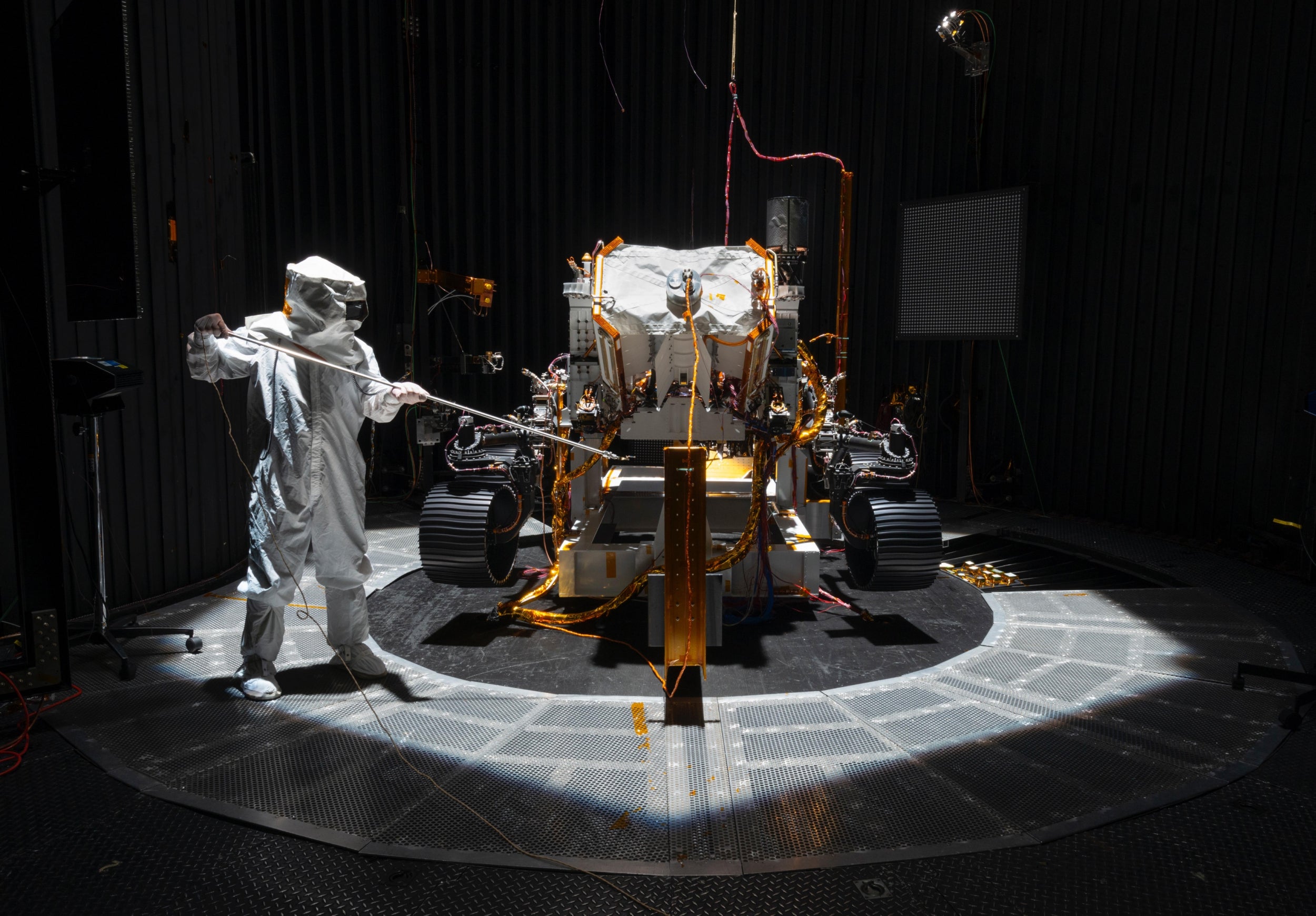
These scientists didn’t want to be associated with security clearances, whose secret-keeping was antithetical to the open nature of science. They desired neutrality — or, at least, the appearance and aspiration of it: In reality, Lederberg had a relationship with Fort Detrick, where the government did biological-weapons research.
Wolfe notes that even neutrality is, of course, a political goal. And no science, not even the purest, exists in a vacuum.
‘Dollhouses of science’
That includes the Martian jar science of today, like the kind done by Andrew Schuerger, an astrobiologist at the University of Florida.
Schuerger was once a plant pathologist at Disney’s Epcot Centre. But he pivoted to astrobiology after scientists announced in 1996 that a Martian meteorite might contain microscopic fossils of alien life. By 2004, he had built his own much more sophisticated Mars Jar, now usually called a Mars Simulation Chamber.
With it, Schuerger has identified about 30 bacteria that can grow in a Mars-esque state. But the conditions he and others simulate — though not pleasant — are not the harshest Mars has to offer, or at least not all the harshest all at once. It’s like dropping a person in the shadiest spot on a stifling desert island, with packaged food and fresh water, and saying, “Look! They’re fine.”
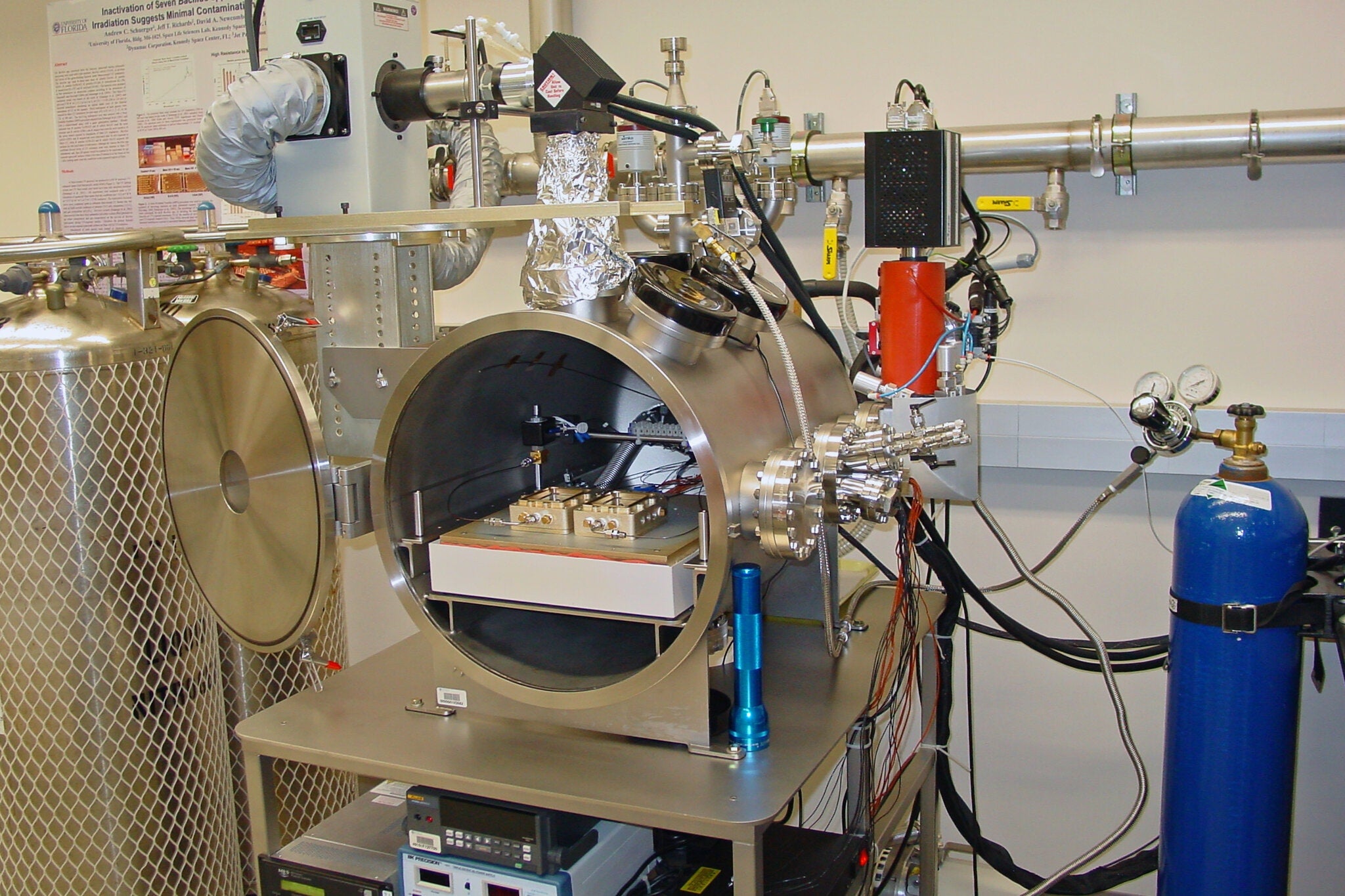
Tweak those conditions — create fluctuations in temperature or water, use Mars-analog soils that also have salts inside — and most microbes wilt. “It just takes a little bit of stress to kick them into a non-growth environment or situation,” Schuerger says. “I’d like to find out what those minimum thresholds are.”
It’s the same question, really, that Strughold sought to answer.
Strughold’s jars taught him to see the red planet a certain way — and they may provide today’s researchers with a similar view. Standing over a simulation chamber, tinkering with settings, watching small beings grow or die, you are the God.
“When you have a Mars Jar, every place looks like a planet you can explore and colonise, and every microbe looks like something you can study, capture and maybe use,” Bimm says.
In Boston’s view, they’re more like “dollhouses of science, where we can try out different realities on the tiny microbial beings that we study”.
© The New York Times
Join our commenting forum
Join thought-provoking conversations, follow other Independent readers and see their replies
Comments